This tab controls the turbulence parameters for both the steady flow and the transient flow simulation types. They are applied according to your selection on the General tab.
Steady Flow
In this area, you decide whether you want to "consider turbulence," The effects of turbulent flow are characterized by chaotic changes of pressure and flow velocity (see Chapter Note About Turbulence), in contrast to laminar flow. As air represents a "fluid" with low viscosity, excessive kinetic energy overcomes the damping of the fluid in the areas with increased velocity.
In general, the simulation using k–ω is more universal and more robust than the one using k–ε. Nevertheless, the k–ε model gives better results for specific locations, such as the zones close to surfaces. Information and a specific description about k–ε model can be found in the k-ε Turbulence Model document.
If you select the "Calculate k-ε parameters from the intensity of turbulence" option, you can define the intensity I as a percentage (a ratio of the root-mean-square of the turbulent velocity fluctuations and the averaged velocity at the same location over a time period) in the "Turbulence intensity I" box below. The
![]() button allows you to define the turbulence intensity as a function of the height. You can enter the chart values as described in Chapter Wind Profile. The "Turbulent kinetic energy k" and the "Turbulent dissipation rate ε" (or the "Specific dissipation rate ω") are then determined by the program. For more information, see the Turbulent Kinetic Energy document.
button allows you to define the turbulence intensity as a function of the height. You can enter the chart values as described in Chapter Wind Profile. The "Turbulent kinetic energy k" and the "Turbulent dissipation rate ε" (or the "Specific dissipation rate ω") are then determined by the program. For more information, see the Turbulent Kinetic Energy document.
As an alternative, you can define the parameters k and ε (or ω) manually as soon as you have cleared the "Calculate k-ε parameters from the intensity of turbulence" check box.
An idealized flow of air with absolutely no fluctuations in the air speed or direction would have the turbulence intensity value of 0%. For high-turbulence cases, the turbulence intensity is usually between 5% and 20% (see CFD Online). The turbulence intensity is set to 1% by default to cover most medium- and low-turbulence cases.
Transient Flow
Transient flow simulation allows the use of more advanced LES turbulence models. Three turbulence models are available in RWIND 2 so far: the Spalart-Allmaras DDES, URANS k–ε and URANS k–ω. More information about these models can be found on CFD Support website or in a Wikipedia article.











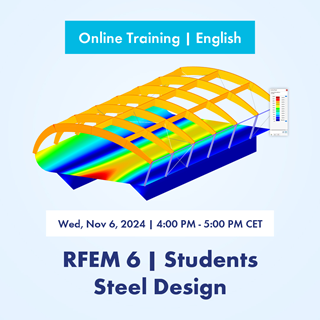
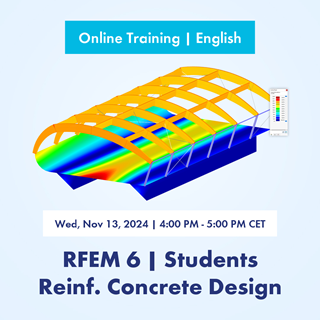














.png?mw=350&hash=f79867dbf405d536638daef39ee25b113e6e540d)



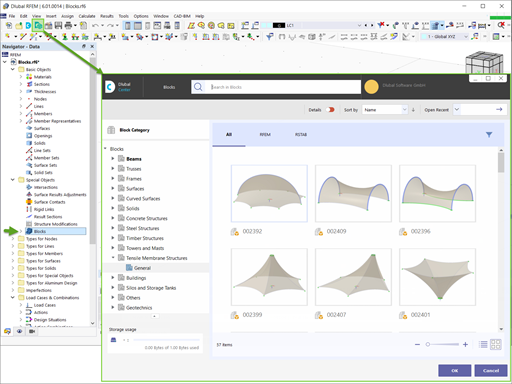








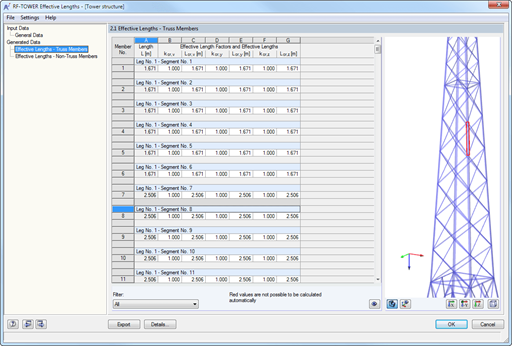
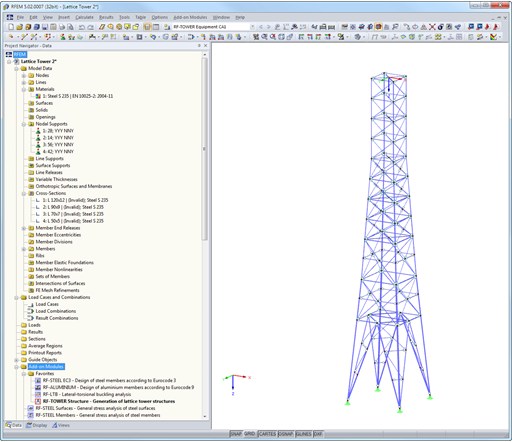
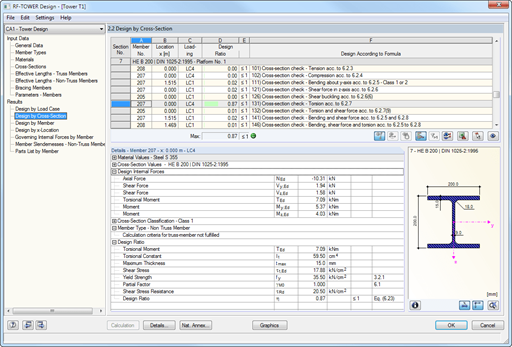
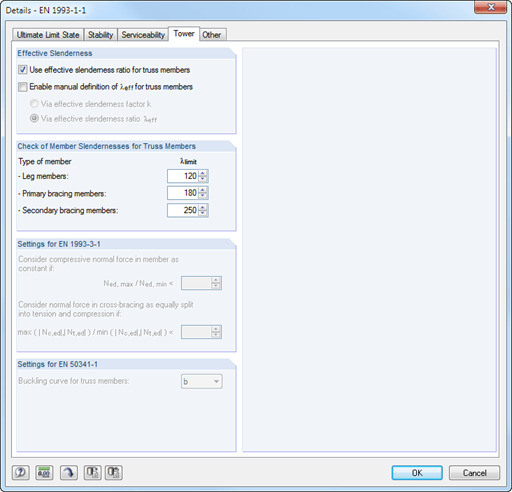







![Visualization of Solar Power Plant (© Cockerill Maintenance & Ingenierie sa [CMI])](/en/webimage/012579/568396/Solar_Plant.jpg?mw=350&hash=825e91cc569f2c58075a4794fa4a22559ca9f073)
